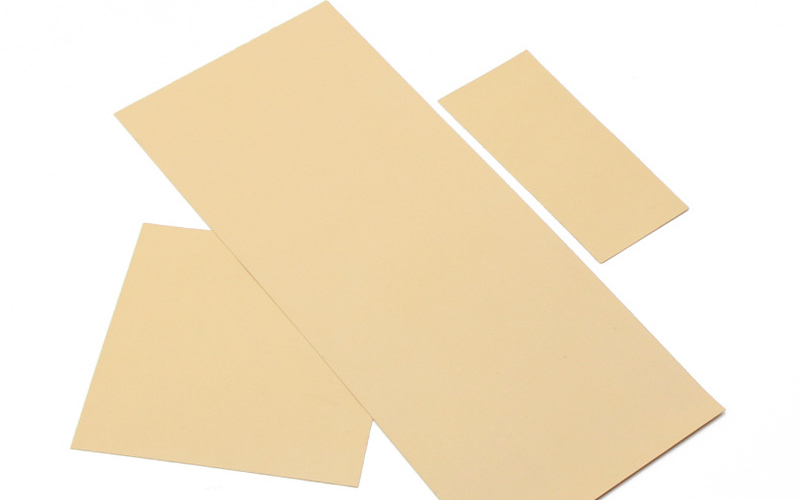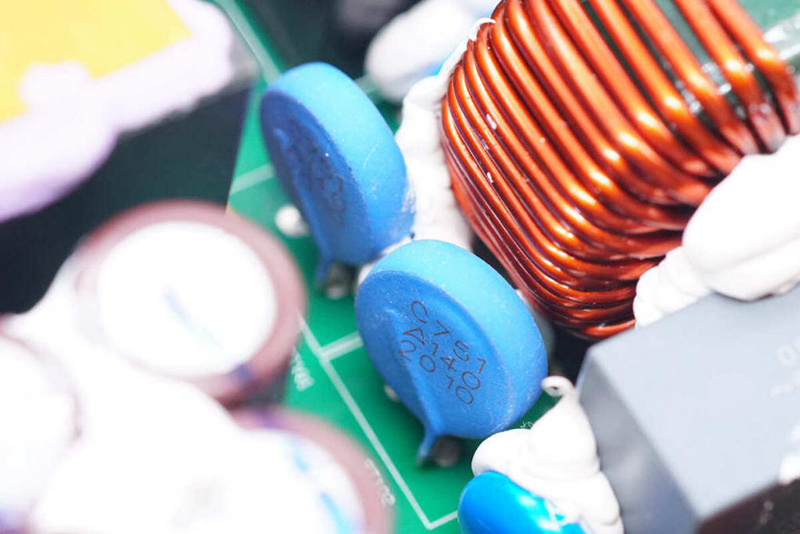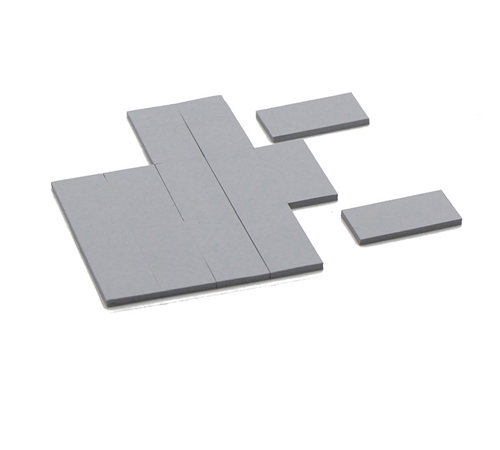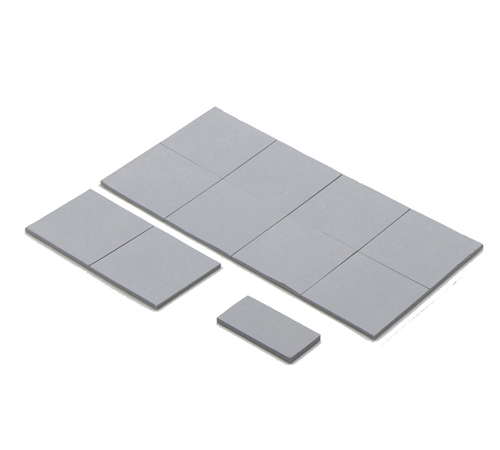
Switching power supplies generate a substantial amount of heat during operation. If this heat is not dissipated in a timely manner, it can cause the power supply's temperature to rise, impacting its stability and reliability, and potentially leading to failures. The application of thermal management materials in switching power supplies aims to effectively manage the internally generated heat, ensuring that power supply components operate within their normal temperature range, preventing performance degradation, shortened lifespan, or failure due to overheating. Therefore, thermal management materials play a crucial role in switching power supplies.
Heat Dissipation: Thermal management materials serve as a medium for heat transfer, rapidly and efficiently conducting heat produced by internal heat-generating elements (such as switch controllers, switches, inductors, transformers, etc.) to a heatsink or the enclosure, which then dissipates the heat into the surrounding environment via natural convection, forced air cooling, or liquid cooling.
Insulation: While maintaining excellent thermal conductivity, thermal management materials must also possess good insulation properties to prevent electrical leakage, ensuring safe power supply operation.
Thermally Conductive Silicone Sheets: Such as the NF150-300 thermally conductive silicone sheet, with a high thermal conductivity coefficient (e.g., 3.0 W/m·K), are soft, highly elastic, and compressible.They are commonly used to fill gaps between heat-generating chips and heat-dissipating substrates (such as aluminum enclosures or dedicated heatsinks), minimizing contact thermal resistance and enhancing cooling efficiency. Double-sided or single-sided self-adhesive silicone sheets facilitate installation and accommodate uneven surfaces for optimal contact.

Custom Shapes: For specific power supply designs, thermal management materials may be cut or molded into specific shapes to precisely cover heat-generating areas, enhancing heat transfer efficiency.
Gap Fillers or Paste-like Materials: Examples include thermally conductive grease or paste, used to fill minute gaps or complex-shaped regions, ensuring direct contact between heat sources and heatsinks for efficient heat conduction.
Thermal Insulation Sheets: In high-frequency switching power supply modules, thermal insulation sheets play a critical role. These modules achieve high efficiency and miniaturization through the high-frequency operation of MOSFETs or IGBTs, but also incur significant power losses. To facilitate cooling, they may be mounted on a heatsink or directly onto the power supply baseplate. During component installation, thermally conductive insulation sheets are employed for both insulation and heat transfer, ensuring rapid heat dissipation to the heatsink.

Thermally Conductive Potting Adhesive : Serving as an excellent cooling material, thermally conductive potting adhesives effectively address the heat dissipation issue in switching power supplies. They bond electronic components and the heatsink tightly together, forming a cohesive unit, allowing for efficient heat transfer. Moreover, these adhesives provide good insulation, preventing short circuits and leakage currents among electronic components, ensuring the smooth operation of the switching power supply.
Thermally Conductive Adhesives: In switching power supplies, thermally conductive adhesives not only serve as bonding agents but are also crucial for heat transfer. Imagine the components within the power supply functioning like a bustling factory, constantly producing energy. This process inevitably generates heat, which, if not promptly dissipated, can lead to performance degradation or even failures. Thermally conductive adhesives act as a diligent "cooling assistant," rapidly transferring the generated heat away, ensuring a stable internal temperature for the power supply.

Power Level: High-power switching power supplies may require materials with higher thermal conductivity to cope with increased cooling demands.
Operating Environment: Consider the power supply's operating temperature range, humidity conditions, and the presence of vibrations when selecting thermal management materials with appropriate temperature resistance, waterproofing, and anti-vibration properties.
Increasing Power Density: With advancements in power technology, power densities continue to rise, imposing higher demands on the thermal conductivity and compact space adaptability of thermal management materials.
 CN >
CN >



